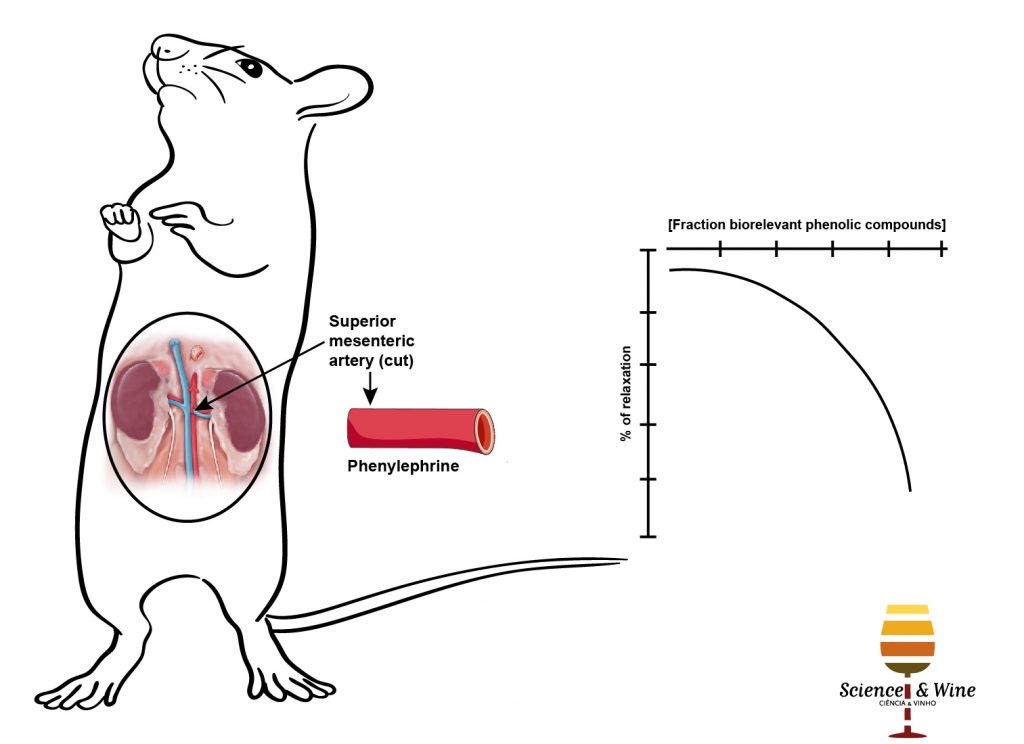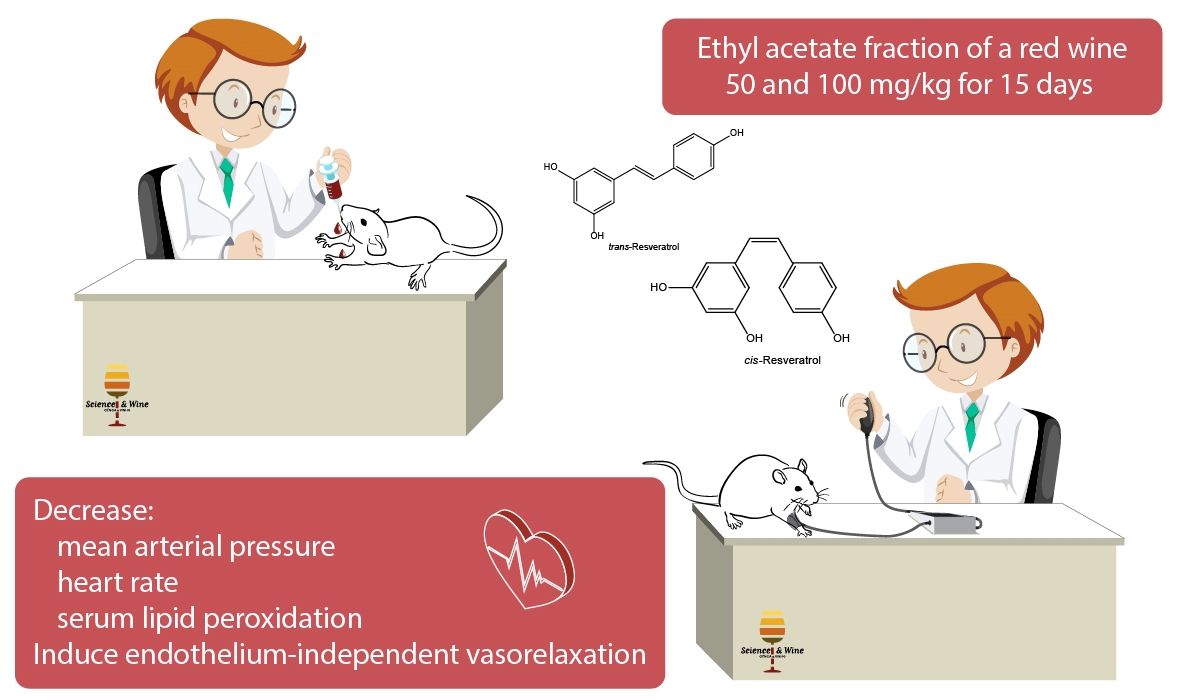By Eduardo de J. Oliveira
The São Francisco Valley is an unsuspected and unusual wine-producing site situated in the Northeastern region of Brazil between the states of Pernambuco and Bahia, at latitude 8 to 9° S and longitude 40° W. This location makes it the wine-making region closest to the equator in the world. This region is characterized by a semi-arid climate and high annual temperatures and sun exposure. With low seasonal climate variation, the São Francisco Valley makes use of irrigation practices that allow 2.5 harvest per year on average, while wine-making companies in the South of Brazil manages only one harvest. Some varietal red wines produced in the region include Syrah, Tannat and Cabernet Sauvignon. Also, several sparkling wines are produced in the region, that also cultivates other tropical fruits and table grapes. Currently, the region accounts for about 15% of the Brazilian wine market.

We became interested in the red wines from this region because of the alleged relationship between sun exposure and high level of biologically-active phenolic compounds. In a paper published in 2010 (Lucena et al., 2010), our group demonstrated that wines from the São Francisco Valley contain up to 2 times the total phenolic content of red wines in general as reported in the literature, with some wines having up to 5g GAE/L (GAE: Gallic acid equivalents). In the same paper we showed that fractions extracted from these wines by a previously reported solvent partitioning scheme (Ghiselli et al., 1998) could have high radical scavenging properties (as determined by at least two different methods). In some cases, fractions obtained from these wines had radical scavenging activity compared with those of ascorbic acid or even higher activity than Trolox itself (Trolox is a water soluble analogue of Vitamin E used as a positive control in antioxidant assays). An interesting finding of this investigation was the fact that the levels of trans-resveratrol (as determined by high performance liquid chromatography) in these red wines (0.04 to 1.16 mg/L) were on the lower range of what is typically reported in these wine varieties (which is around 1.70 mg/L), but the level of the cis isomer of resveratrol was found to be significantly higher than of the trans isomer (average levels of cis-resveratrol of 2.66 mg/L against 0.45 mg/L for trans-resveratrol). The fact that cis-resveratrol is not as studied as trans-resveratrol regarding its pharmacological properties is probably because the cis isomer is not easily available commercially. However, the differences in the pharmacological profile of the isomers are more quantitative than qualitative in nature, with the cis isomer being more active than the trans-isomer in inhibiting platelet aggregation for example (Bertelli et al., 1996) and less active in its anti-inflammatory properties (Huang et al., 2014). The fact that these wines have such a high content of cis-resveratrol (in some cases 5 times higher than trans-resveratrol levels) may imply that trans-resveratrol is being photoisomerized into the cis isomer by high sun exposure, although wine making techniques (such as stress irrigation) and grape adaptation may also play a role.

Following these interesting results regarding the phenolic composition of red wines from the São Francisco Valley we decided to conduct an “in vivo” study in spontaneously hypertensive rats treated with an ethyl acetate fraction of a Syrah red wine (de Figueiredo et al., 2017). The rationale behind this study was the recent but growing body of evidence demonstrating an involvement of reactive oxygen species (ROS) in the pathophysiology and maintenance of hypertension (Botelho-Ono et al., 2011 and Porpino et al., 2016). This fraction was chemically characterized using liquid chromatography coupled with high resolution mass spectrometry and was shown to contain mainly flavonoids and its glycosides, but also phenolic acids and derivatives, catechins, and anthocyanins. A total of 25 phenolic compounds were identified. The pre-treatment of spontaneously hypertensive rats with this wine fraction (administered by gavage) at doses of 50 and 100 mg/kg for 15 days was able to decrease mean arterial pressure and heart rate as well as decrease serum lipid peroxidation. The fraction at concentrations of 0.01–1000 µg/mL also induced concentration-dependent relaxation of isolated rat superior mesenteric artery rings pre-contracted with phenylephrine and this effect was not attenuated by endothelium removal, demonstrating a vasorelaxant activity that is independent of intact endothelium. This effect is in contrast with results that implicate substances produced in the endothelium as the source of the vasorelaxant activity of flavonoids (Ha et al., 2016) and may be explained by the complex composition of this fraction in which other classes of natural products may be involved in this pharmacological activity. Indeed, both resveratrol (Novakovic, et al., 2006) and quercetin (Rendig, et al., 2001) have been shown to induce endothelium-independent vasorelaxant in human internal mammary and rabbit arteries respectively.
Taken together these results show that red wines from São Francisco Valley have an unusually high phenolic content and functional properties that warrants further research. In addition to sensory properties, the potential health benefits of wines may be a strong marketing opportunity that could also be explored, especially for wines from less known terroirs such as those from São Francisco Valley.
Those interested in a longer length report can download the working paper at:
https://www.ncbi.nlm.nih.gov/pmc/articles/PMC5490553/

Eduardo de J. Oliveira (Oliveira, E.J.) is is an Assistant Professor at the Department of Pharmacy of Federal University of Vales do Jequitinhonha e Mucurí (UFVJM), at Diamantina, MG, Brazil. He joined UFVJM in 2015 after working in the Department of Pharmacy of the Federal University of Paraiba from 2001-2015 (João Pessoa, PB, Brazil). He earned this B.Sc. in 1993 and a Ph.D. in 2001 from the University of Strathclyde (Glasgow, Scotland) where he also held a fellow research assistant position. His main areas of research are in natural products, analytical method development, pharmacology of natural products and hyphenated techniques. He is also an avid astrophotographer in his spare time.
- Botelho-Ono MS, Pina HV, Sousa KHF, Nunes FC, Medeiros IA, Braga VA. Acute superoxide scavenging restores depressed baroreflex sensitivity in renovascular hypertensive rats. Auton Neurosci. 2011, 159(1-2): 38–44.
- Ghiselli A, Nardini M, Baldi A, Scaccini C. Antioxidant activity of different phenolic fractions separated from an Italian red wine. J Agric Food Chem. 1998, 46(2): 361–367.
- Ha SK, Park HY, Ryu MR, Kim Y, Park Y. Endothelium-Dependent Vasorelaxant Effects of Dealcoholized Wine Powder of Wild Grape (Vitis coignetiae) in the Rat Thoracic Aorta. Evid Based Complement Alternat Med. 2016, 2016: Article ID 6846084, 6 pages, 2016. https://doi.org/10.1155/2016/6846084.
- Huang TT, Lai HC, Chen YB, Chen LG, Wu YH, Ko YF, Lu CC, Chang CJ, Wu CY, Martel J, Ojcius DM, Chong KY, Young JD. cis-Resveratrol produces anti-inflammatory effects by inhibiting canonical and non-canonical inflammasomes in macrophages. Innate Immun. 2014, 20(7):735-50.
- Lucena PS, Nascimento RJB, Maciel JAC, Tavares JX, Barbosa-Filho JM, Oliveira EJ. Antioxidant activity and phenolics content of selected Brazilian wines. J Food Compos Anal. 2010, 23(1):30-36.
- Novakovic A, Gojkovic-Bukarica L, Peric M, Nezic, D, Djukanovic B, Markovic-Lipkovski J, Heinle H. The mechanism of endothelium-independent relaxation induced by the wine polyphenol resveratrol in human internal mammary artery. J Pharmacol Sci. 2006, 101(1): 85–90.
- Porpino SKP, Zollbrecht C, Peleli M, Montenegro MF, Brandão, MCR, Athayde-Filho PF, França-Silva MS, Larsson E, Lundberg JO, Weitzberg E, et al. Nitric oxide generation by the organic nitrate ndbp attenuates oxidative stress and angiotensin II-mediated hypertension: Organic nitrate and hypertension. Br J Pharmacol. 2016, 173(14): 2290–2302.
- Rendig SV, Symons JD, Longhurst JC, Amsterdam EA. Effects of red wine, alcohol, and quercetin on coronary resistance and conductance arteries. J Cardiovasc Pharmacol. 2001, 38(2): 219–227.

